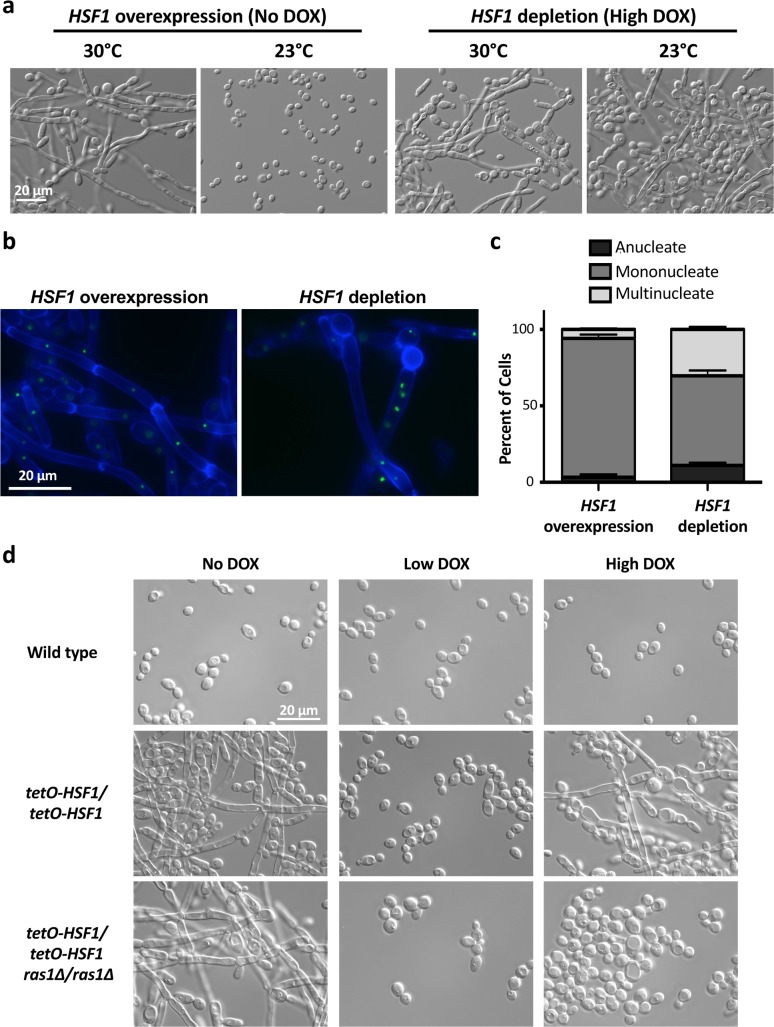Fig 2. HSF1 overexpression and depletion induce filaments that differ in their morphology, nuclear content and dependence on Ras1.
a) Reduced temperature blocks filamentation in response to HSF1 overexpression but not in response to HSF1 depletion. Strains were grown in the absence or presence of high levels of DOX (20 μg/mL) at the indicated temperature. b) Filaments induced by HSF1 overexpression and depletion have distinct features. Cell walls and septa were visualized using calcofluor white and the nuclei were visualized using a strain with the nucleolar protein, Nop1, GFP tagged. c) Filaments induced by HSF1 depletion have a significant increase in the percentage of cells that are multinucleate compared to filaments induced by HSF1 overexpression. The number of nuclei in at least 300 cells were counted for each condition, for two biological replicates. Means are graphed with the error bars displaying the standard error of means. Unpaired t-test indicates a significant difference in percentage of multinucleate cells, P value is 0.0056. d) Filaments induced by HSF1 depletion, but not overexpression, are dependent on the GTPase Ras1. Strains were grown in rich medium with 80 mg/L uridine added, in the presence of no DOX, 0.1 μg/mL DOX (Low DOX), or 20 μg/mL DOX (High DOX) at 30°C.

